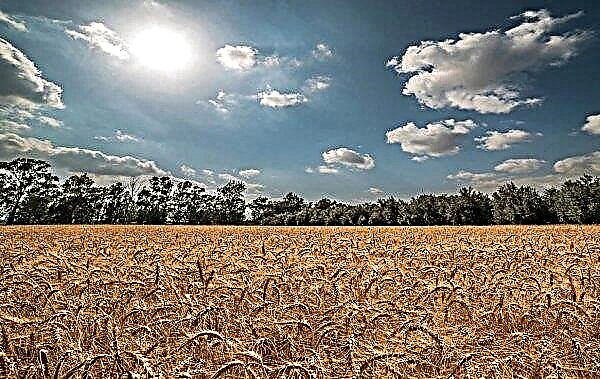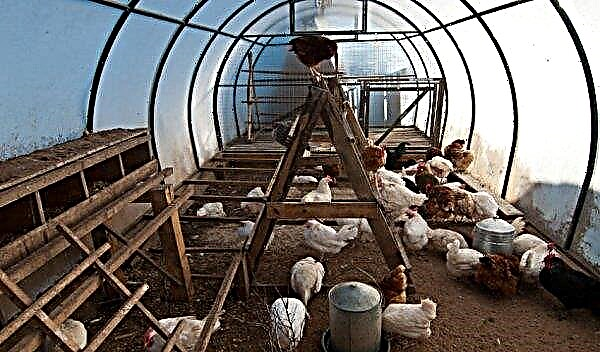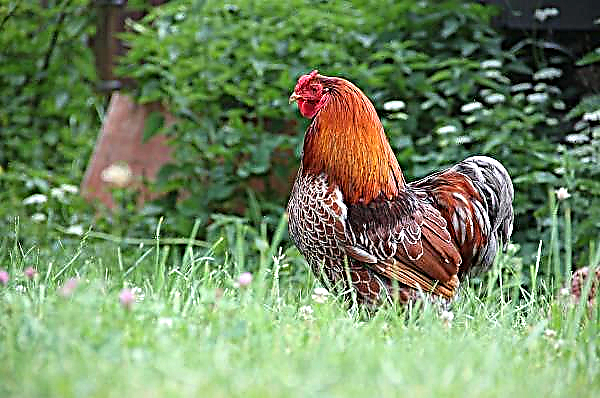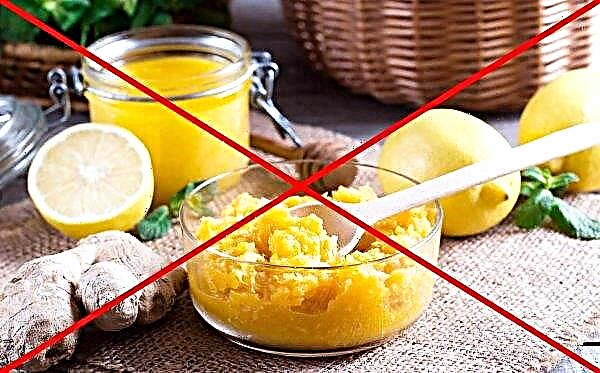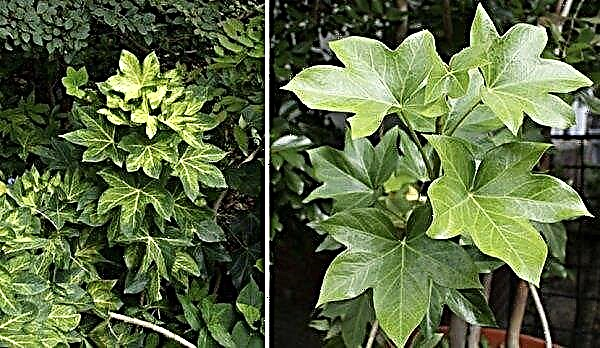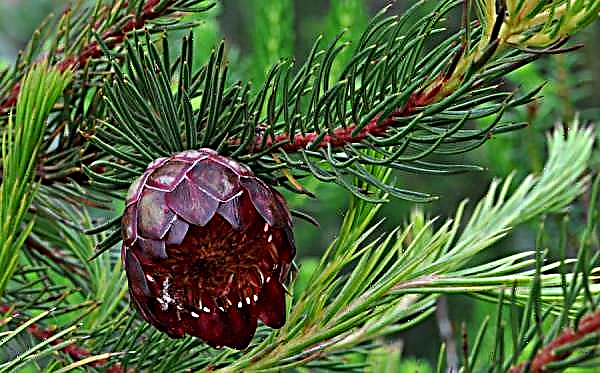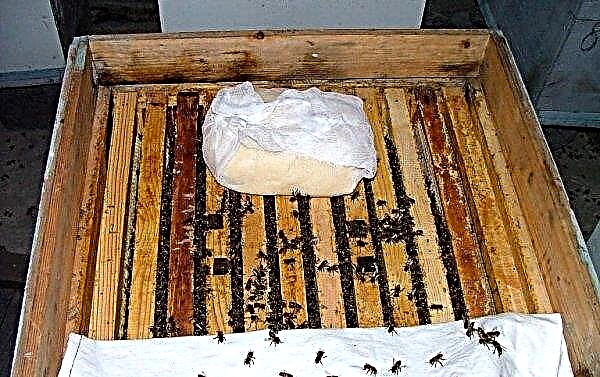Among the new methods of cultivating tomatoes at home, many farmers prefer hydroponics. The technology simplifies the process of cultivating vegetable crops and allows you to get several crops per year. This article on the example of cultivation of tomatoes will help to understand what this technology is. You will also learn what its advantages and possible disadvantages are and what varieties of tomatoes are better suited for this technology.
What is hydroponics and what is it for?
Hydroponics is a system where cultivated plants are cultivated without the use of soil. The root system is fueled in an artificially created environment (humid air, intensely aerated water or solid). This technique requires regular or continuous drip irrigation using a special working fluid.
Advantages
- This method of cultivating tomatoes has many advantages:
- economical waste of nutrient mixtures, water and space;
- rapid growth, almost one hundred percent assimilation of fertilizer crops;
- simplified care and economical time consumption;
- high fruitfulness;
- guarantee the quality characteristics of the fruit.
Did you know? The term “hydroponics” was coined by Dr. William F. Herick. He is the founder of modern hydroponics, who transferred this technology of cultivation of vegetable crops from laboratory conditions to industry.
Disadvantages
- Unfortunately, hydroponic technology also has disadvantages:
- financial costs for the purchase and installation of the system;
- possible damage to plants by diseases;
- the risk of the appearance of harmful insects;
- deformation of tomatoes, damage to the roots, falling of flowers - in case the solution is improperly prepared.

Suitable hydroponic tomato varieties
It is advisable to use greenhouse and precocious varieties (Alaska, Gavrosh, Druzhok F1). They give significantly larger crops, do not require the formation of bushes, are almost not susceptible to viral ailments. Other suitable varieties include Geronimo, Flarino, Blits, Bon Appeti, Favorit.
What you need for growing hydroponic tomatoes
Cultivating tomatoes according to the concept of hydroponics is not an easy and time-consuming process, for which you will need:
- Large outer packaging and inner smaller ones;
- nutrient solution for external containers;
- for internal containers - liquid level determinant and organic filler (perlite, coarse sand, expanded clay gravel, coconut flakes, gravel, moss);
- fluorescent lamps or ultraviolet analogues;
- conductivity indicator, which measures the degree of saturation of the working fluid.

How is tomato growing
The cultivation of tomatoes at home in hydroponics includes a set of the following measures.
Temperature
In sunny weather, the temperature should not exceed + 24 ° C, otherwise the flowers may fall. The exception concerns the phase of ripening of tomatoes, when a temperature increase of up to + 28 ° C is permissible. The temperature of the substrate should be approximately + 20 ° C.
Important! Be sure to check that at night the temperature does not fall below + 16 ° C. In violation of this rule, the rhizome is preserved, which is fraught with slow growth and low yield.
Root system control
To obtain a high yield, it is necessary to control the growth of rhizomes of tomato bushes. To this end, small pots are occasionally removed from the nutrient fluid. As soon as the rhizome is visible from the hole in the container, the amount of solution is reduced to the formation of an air layer of 4-8 cm.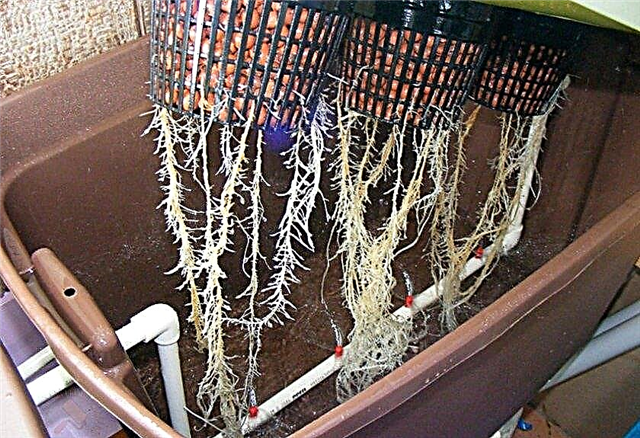
Shine
For better growth and high fruitfulness, tomato bushes need to be provided with intense lighting. Here you can not do without fluorescent lights or ultraviolet devices. In the phase of active growth, tomato bushes need 20 hours of bright light, and when ripening, 17 hours is enough.
Solutions for hydroponics
The working fluid can be bought at specialized points of sale or made yourself. To prepare the mixture, dissolve the complex dressing in water. The product should not be too concentrated or too weak. In the first case, you can burn the rhizome, and in the second, the crop yield will drop.
Important! It is important to change the working fluid for hydroponics at least once a month.
The degree of acid content in the working fluid should not be higher than 6.0–6.3 pH. This indicator is increased by potassium hydroxide, and reduced by phosphoric acid. Monitor the degree of saturation of the solution daily. Normally, the indicator should be in the range of 1.5–3.0 mS. After reaching the threshold, the solution should be completely changed or fertilizer added.
Tomato garter and care
Some varieties of tomatoes require garter. Both tall and medium-sized and stunted bushes begin to be tied up at the moment when the stem reaches 20 cm. In order for the bushes to grow vertically, the side stems must be pinched. Another important part of care is the pollination of bushes. Using a soft brush, pollen is transferred from flower to flower.
Hydroponic tomato growing methods
Hydroponic tomato cultivation technology is based on three methods.
Air method
Aeroponics does not require placement of seedlings in the tank, except for the working fluid. Young bushes are fixed with clamps; their rhizome is placed 1/3 directly into the natural filler. And in order to prevent damage to the bushes clamps, apply soft foam padding. Between the rhizome immersed in the solution and the aboveground part of the tomato bush there remains an air environment - a pillow. The rhizome in the air is periodically moistened. Twice a day, the root part is irrigated by the drip method for 4 minutes.
Between the rhizome immersed in the solution and the aboveground part of the tomato bush there remains an air environment - a pillow. The rhizome in the air is periodically moistened. Twice a day, the root part is irrigated by the drip method for 4 minutes.
Water system
The following technique is basic in hydroponics. An organic substrate (peat, moss, etc.) is laid on the grid, into which a young plant takes root. The mesh is lowered into the working solution, from which the roots draw the chemical elements required for development. However, the water method has a significant drawback: as a result of complete immersion of the rhizome in the nutrient fluid, there is no possibility of aeration of the roots. Oxygen deficiency threatens seedlings with various diseases. Therefore, part of the rhizome will have to be placed in the air. And so that the root part is not overdried by air, it is necessary to organize a microclimate with constant humidity. The liquid itself needs to be updated once a month.
Oxygen deficiency threatens seedlings with various diseases. Therefore, part of the rhizome will have to be placed in the air. And so that the root part is not overdried by air, it is necessary to organize a microclimate with constant humidity. The liquid itself needs to be updated once a month.
Substrate
Due to the simplicity of cultivating tomatoes, the method of the nutrient layer is popular among amateur gardeners. In this case, the rhizome of young plants should be in a natural substrate (gravel, moss, etc.). The culture is fed hydroponic by irrigation or traditional irrigation. Sometimes a backwater method is practiced, the essence of which is the shallow immersion of containers with seedlings in the working fluid.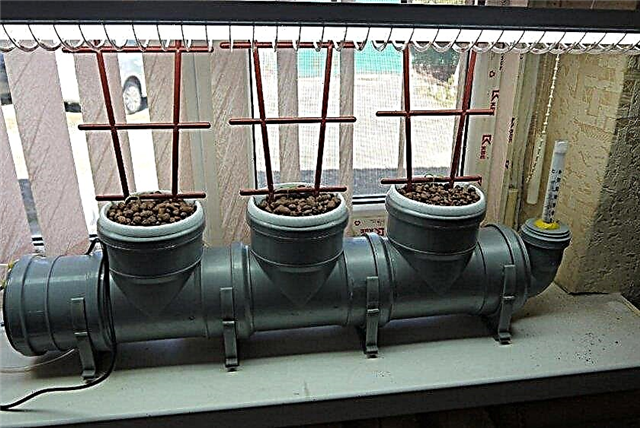 The irrigation technique differs from the backwater method by a deep systematic lowering of the tank into the working fluid. Excess water is drained to prevent rotting of the root part. As for traditional watering, it practically does not differ from the moistening technique of any garden culture.
The irrigation technique differs from the backwater method by a deep systematic lowering of the tank into the working fluid. Excess water is drained to prevent rotting of the root part. As for traditional watering, it practically does not differ from the moistening technique of any garden culture.
Did you know? In Europe, tomato was first officially described in 1555. This was done in Italy, where the vegetable was given the name "wash doro", which literally translates as "golden apple."
Harvest Rules
The hydroponic tomato cultivation cycle is approximately 100–120 days. During this period, the culture will have time to go through all phases: from seed to fetus. Fruits should be harvested as they ripen, as soon as they turn pink. So it will be easier to store and transport. As soon as the bush ceases to bear fruit, and the size of the tomatoes begins to decrease, it should be replaced with a younger one. Try to grow tomatoes according to the presented technology. The cultivation process can be a useful hobby for you, giving fragrant, tasty fruits. The success of the work done will depend on the degree of mastery of the concept of hydroponics, the experience gained with this culture, to provide them with the conditions for cultivation.
Try to grow tomatoes according to the presented technology. The cultivation process can be a useful hobby for you, giving fragrant, tasty fruits. The success of the work done will depend on the degree of mastery of the concept of hydroponics, the experience gained with this culture, to provide them with the conditions for cultivation.



